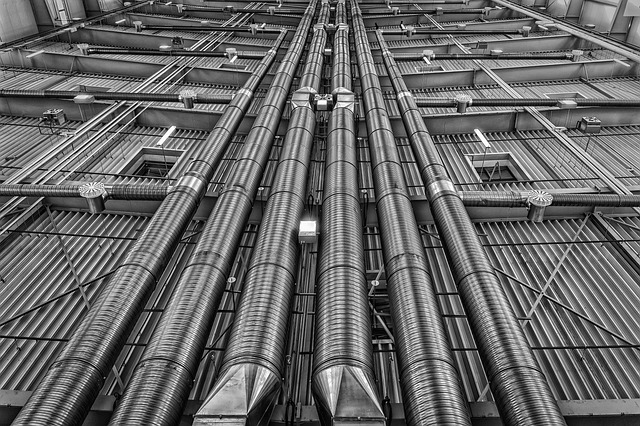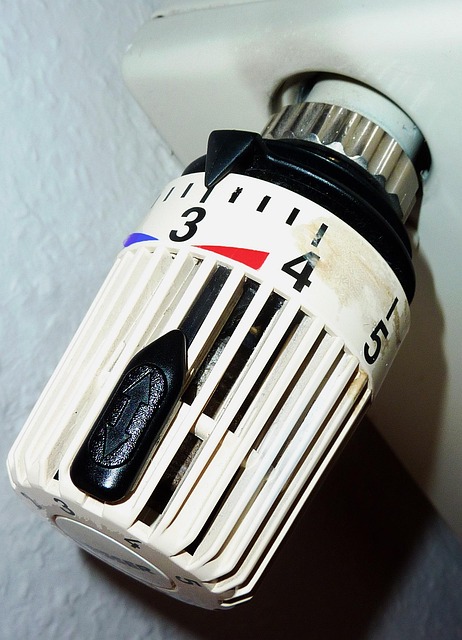Commercial air doors are vital for maintaining temperature separation in buildings, especially climate-controlled environments like warehouses and retail spaces. They act as robust entrance air barriers, preventing drafts and reducing HVAC energy consumption. With insulation and advanced technologies like HVAC air curtains, these doors offer tailored solutions for improved energy efficiency, climate control, and cost savings across various applications, from retail to industrial facilities. Choosing the right commercial air doors is crucial for optimizing performance and ROI.
Commercial air doors play a pivotal role in temperature control, maintaining energy efficiency and comfort in various spaces. This article delves into the significance of these doors, highlighting their key benefits for commercial settings. We explore how insulation enhances energy efficiency, offering insights on choosing the right door to meet specific needs. Through real-world case studies, we demonstrate successful implementations of insulated commercial air doors, showcasing their impact on temperature separation and overall facility management.
- Understanding Commercial Air Doors' Role in Temperature Control
- Key Benefits of Insulated Air Doors in Commercial Spaces
- How Insulation Enhances Energy Efficiency in Doors
- Choosing the Right Commercial Air Door for Your Needs
- Case Studies: Successful Implementations of Insulated Commercial Air Doors
Understanding Commercial Air Doors' Role in Temperature Control

Commercial air doors play a pivotal role in maintaining temperature separation within buildings, serving as effective entrance air barriers. In environments where climate control is vital, such as warehouses, retail spaces, and industrial facilities, these doors are indispensable. They act as the first line of defense against drafts, preventing heated or cooled air from escaping, thereby enhancing energy efficiency. By functioning as robust commercial door systems, they ensure optimal HVAC performance, reducing energy consumption and operational costs.
In addition to their role in temperature regulation, commercial air doors offer tailored solutions for various applications. Whether it’s warehouse door heating to maintain a consistent interior climate or retail air barriers that control the flow of air while allowing customer entry, these doors are versatile. Advanced technologies like HVAC air curtains and energy-efficient barriers further elevate their capabilities, making them integral components in modern commercial entrance technology.
Key Benefits of Insulated Air Doors in Commercial Spaces

Insulated commercial air doors offer a multitude of benefits that significantly enhance energy efficiency and climate control in various business settings. By functioning as robust entrance air barriers, these doors prevent heated or cooled air from escaping, effectively preserving desired indoor temperatures. This is especially crucial for retail stores, warehouses, and industrial facilities where maintaining specific ambient conditions is essential for operations and customer comfort.
Moreover, commercial air doors act as advanced commercial door systems, integrating HVAC air curtains to create a seamless barrier against outside elements while facilitating smooth traffic flow. This not only reduces energy wastage but also improves the overall efficiency of building management systems. For businesses looking to optimize their operational costs and minimize environmental impact, energy-efficient barriers like these are indispensable industrial entrance solutions.
How Insulation Enhances Energy Efficiency in Doors

Insulation plays a pivotal role in enhancing the energy efficiency of commercial air doors. By creating a barrier that prevents heat transfer, insulated doors significantly reduce energy losses, leading to lower heating and cooling costs for businesses. This is particularly beneficial in environments where extreme temperatures fluctuate throughout the day, such as warehouses or retail spaces with heated air doors.
The incorporation of insulation in commercial door systems acts as an effective entrance air barrier, preventing conditioned air from escaping and unconditioned air from infiltrating. This results in improved climate control, ensuring that the desired indoor temperature is maintained more efficiently. Advanced commercial entrance technology, including HVAC air curtains and industrial entrance solutions, further optimizes energy efficiency by creating a sealed seal around the door opening, minimizing drafts and maximizing the effectiveness of the building’s heating and ventilation systems.
Choosing the Right Commercial Air Door for Your Needs

Choosing the right commercial air door is essential for maintaining optimal temperature separation in various settings. Consider your specific needs before selecting a product. For instance, if energy efficiency is paramount, an advanced HVAC air curtain or climate control door might be ideal, as they are designed to minimize heat transfer while providing robust entrance air barriers. On the other hand, heated air doors are excellent for industrial entrances where warehouse workers need safe passage in frigid conditions, ensuring both comfort and productivity.
Retail establishments seeking to regulate indoor climates can benefit from retail air barriers that balance customer comfort with cost savings. These solutions often integrate cutting-edge commercial door systems that offer enhanced security while maintaining temperature control. Whether you require a robust entrance solution for a warehouse, an energy-efficient barrier for a retail space, or a heated door for industrial use, the right choice will ensure optimal performance and return on investment in your commercial air doors.
Case Studies: Successful Implementations of Insulated Commercial Air Doors

In the realm of commercial entrance technology, insulated air doors have emerged as game-changers, providing effective climate control and energy efficiency. Case studies from various industries offer compelling evidence of their successful implementations. For instance, a leading retail chain has witnessed significant cost savings and improved customer comfort by installing heated air doors in its warehouses. These doors act as robust entrance air barriers, preventing the loss of heated or cooled air, thereby enhancing HVAC (Heating, Ventilation, and Air Conditioning) systems’ performance.
Another study highlights an industrial facility’s transition to insulated commercial door systems. By replacing older models with advanced climate control doors, they achieved remarkable results in maintaining temperature separation. This not only reduced energy consumption but also created a more comfortable working environment. The implementation of these doors as retail air barriers has proven invaluable, demonstrating their versatility in different sectors, from bustling warehouses to vibrant retail spaces.
Commercial air doors are not just a luxury; they’re an essential tool for maintaining temperature separation in busy spaces. By understanding their role, leveraging key benefits like enhanced energy efficiency, and choosing the right door for your needs, businesses can enjoy improved comfort, reduced energy costs, and more sustainable operations. Success stories from real-world implementations highlight the significant impact these doors can have on commercial environments, making them a smart investment for any business aiming to optimize its space.






